Nowadays, there are many printmaking methods to choose from, but woodcut printing remains extremely popular. However, knowing the best wood for woodblock printing isn’t always easy.
There are traditional hardwood blocks, plywood options, and even engineered products like MDF. And each of those can break down into even more species of wood!
To help you get started, I’ve put together this complete guide to choosing the best wood for woodcut printmaking. I’ll also explain how to prepare your wood blocks to get the best finish on your final prints.
If you just want to know where to buy wood blocks for printmaking, check out some of my quick picks listed below.
Affiliate disclosure: Articles on Tiny Workshops may contain affiliate links.
This sustainable, high-quality Japanese plywood is warp-resistant and an excellent pick for fuss-free woodcut work.
Expensive hardwood blocks best suited for experienced woodworkers looking for super fine detail for small-sized prints.
A convenient, easy-to-access flat material that’s available in multiple sizes for crafters on a budget.
Wood for printmaking:
Types of wood blocks for printmaking
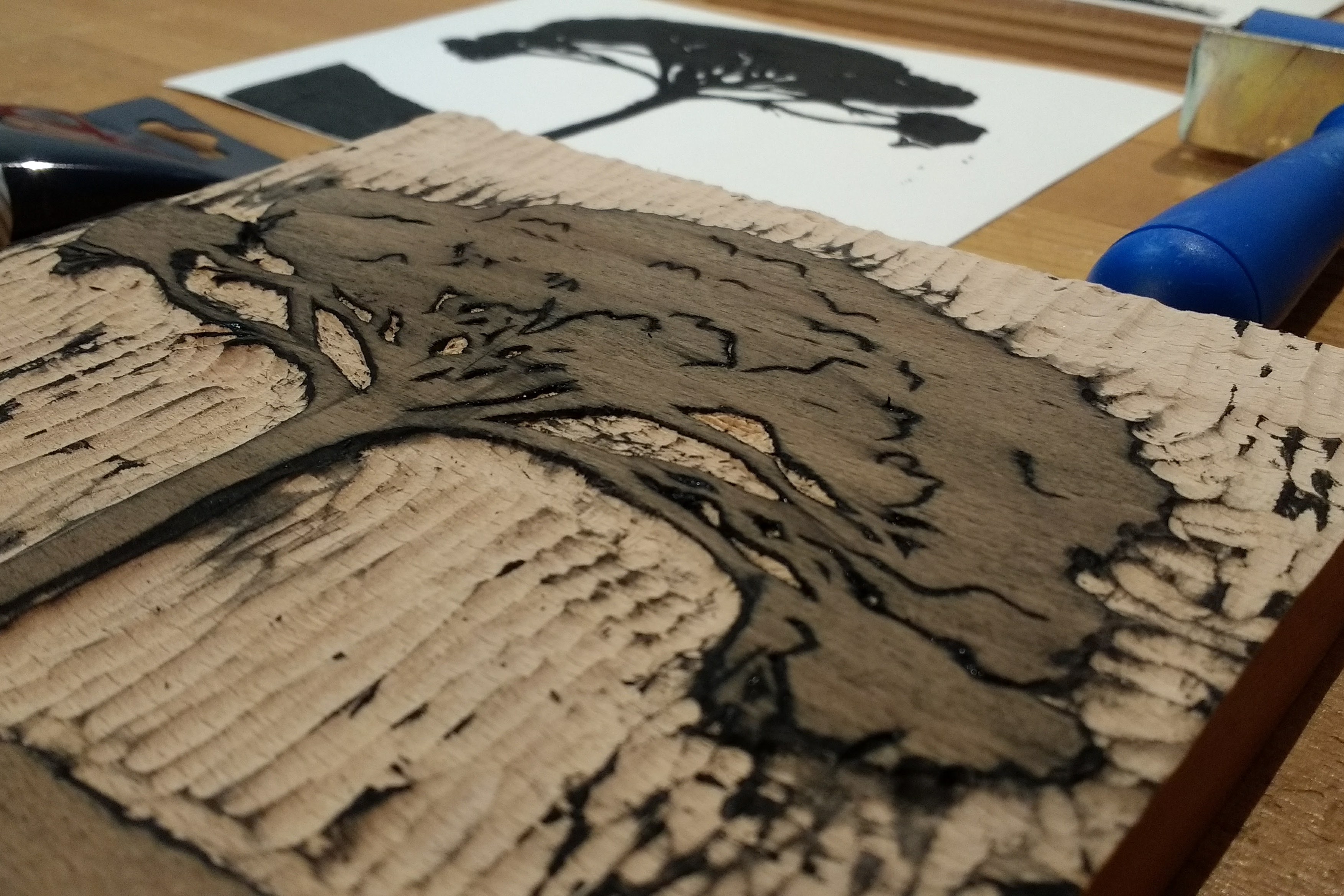
Woodcut prints have been around for thousands of years all over the globe, and the types of wood blocks used vary wildly depending on local geography.
No matter which wood you use for printmaking, there are a few basic requirements.
The first is that it’s perfectly flat. This not only prevents wobbling while carving, it also makes it much easier to apply ink using an ink brayer and get a better finish when using a press.
The other requirement is that it’s blemish-free. That means no knots, cracks, or deep scratches. If you don’t have a woodworking workshop, this can be difficult to achieve if you buy from the wrong source.
Another important consideration is how easy the wood is to carve. When printmaking on wood, softwoods are generally easier to carve but won’t retain as much detail as hardwoods. Others, like oak, are unsuitable because they’re very porous and prone to splintering.
Perhaps the best wood for woodcut printmaking is plywood. Several thin layers are glued together with perpendicular grain patterns, making them extremely resistant to warping. That means they’re nearly always flat, and the outer layer (which you’ll carve and print on) is made of high-quality veneer.
When it comes to making large woodcut prints, engineered products are the way to go. However, plywood panels of that size can be very expensive. MDF, another manufactured option, is a great alternative. It’s cheap, sold in large panels, and available just about everywhere.
How does wood engraving differ from woodcut?
Wood engraving is a newer relief printmaking technique than woodcut. It uses end-grain wood instead of long-grain for carving. This enables a higher level of detail in the final print.
However, end grain is typically much more difficult to carve. Although wood engraving is a relief printmaking method (while most engraving is intaglio), most engravers use the same burin used in etchings and other types of engravings. Certain high-quality carving tools, like those by Pfeil Tools, may also work.
When it comes to the best wood for engravings, stick to something with a tight, consistent grain. Avoid softwoods! Boxwood is a popular choice, but fruit tree wood and other hardwoods like beech will also work.
If you’re having trouble sourcing wood blocks for engraving, try buying pen blanks. Cutting and gluing them together with the end train lined up can produce excellent blocks for engravings. This will, of course, require a small collection of woodworking tools.
Best wood for woodblock printmaking
When it comes to woodcut, there are many great woods for printmaking that fit into all budgets.
In general, you want something perfectly flat with no knots or imperfections. Tight grains are also ideal for maintaining a high level of detail.
I’ve listed five of the best options below. Scroll down a bit further to know the pros/cons of each to help choose the right one for you!
Best wood for woodblock printmaking
- Best value: Shina plywood
- Best budget pick: MDF
- Best high-end choice: Hardwood-veneer plywood
- Best traditional option: Hardwood blocks
- Best beginner-friendly: Softwood blocks
Best value: Shina plywood
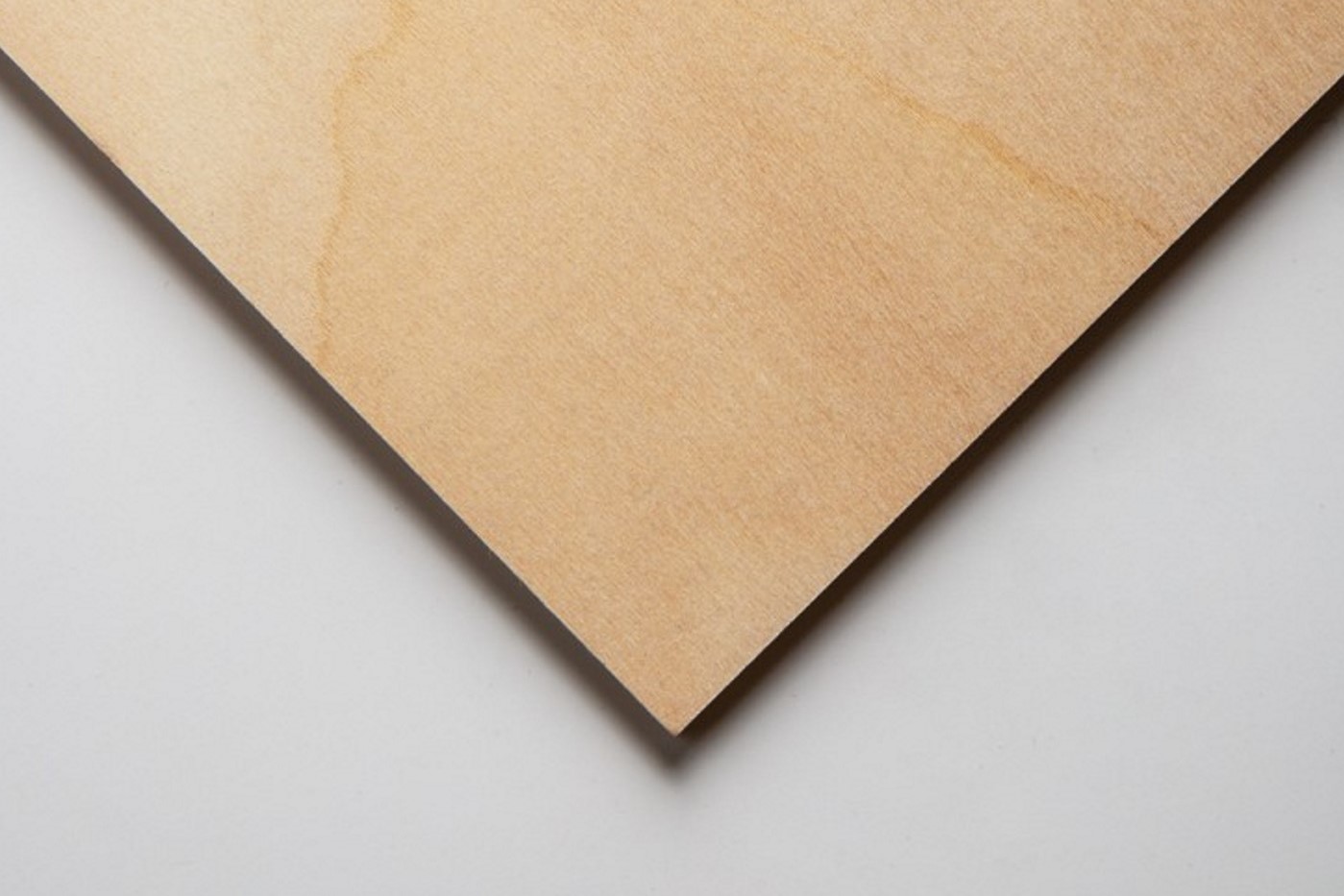
Pros:
- Retains fine detail
- Double-sided finish
- Suitable for water- and oil-based inks
- Sustainable timber
- Reasonably priced
Cons:
- Difficult to source
- Dulls tools faster than solid wood
Shina plywood easily takes the top spot when it comes to wood for woodblock printmaking. Not only is it perfectly flat and warp-resistant due to the alternating grain directions, but the wood itself is also perfectly suited to woodcut prints.
Shina is a Japanese variant (Tilia Japonica) of a tree most commonly known as Linden in English. This sustainable timber grows in the colder regions of Japan and is one of the most popular woodcut printing materials in the East.
Make no mistake, this plywood is much better than the stuff you find in big box stores. Both faces are perfectly smooth (so you can theoretically carve both sides), and the thin glue applied between layers won’t dull your blades too quickly.
You won’t find shina plywood in most local retailers, but there are a few places to buy it online. My favorite is Jackson’s Art Supplies, which also offers 10% off your first purchase. They offer both 4mm and 5.5mm blocks in a variety of sizes at reasonable prices.
Baltic birch plywood is a suitable alternative, although it’s generally not double-sided and isn’t birch all the way through. This means it may have knots and thicker glue in the sublayers, which will dull your tools quicker.
Best budget pick: MDF
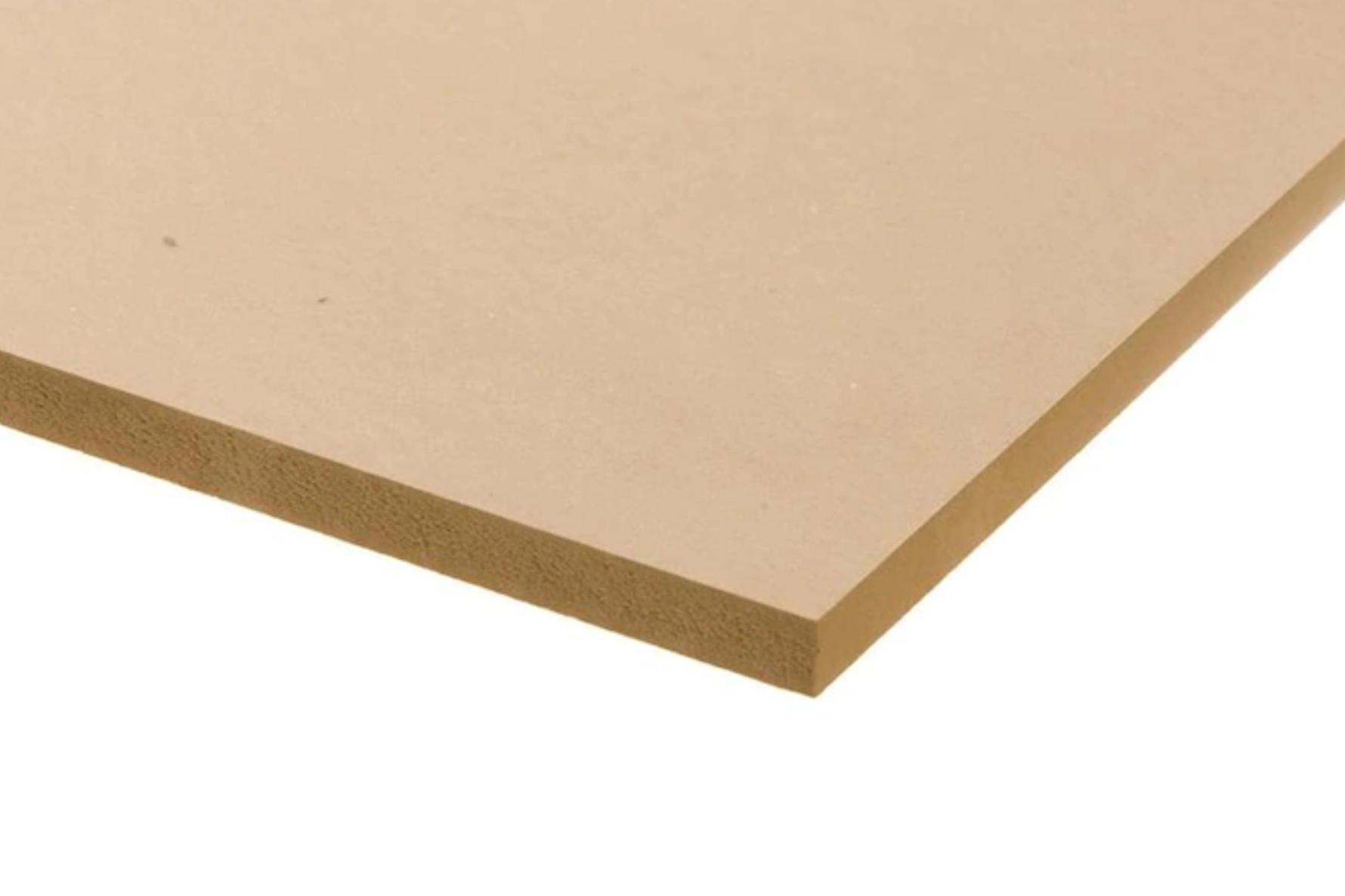
Pros:
- Inexpensive
- Readily available everywhere
- Perfectly flat
- Great for large prints
Cons:
- Doesn’t hold super fine detail
- Dulls tools very quickly
- Susceptible to water damage
For the woodcut artist on a budget, MDF is a fantastic material. Not only is it always perfectly flat, but it’s also readily available just about everywhere. Many accomplished linocut and woodcut artists use this material!
MDF stands for Medium Density Fibreboard and is an engineered material made of wood fibers, wax, and resin compressed under high pressure. This gives it a uniform finish that’s always blemish-free.
Another major benefit is size. Since it’s manufactured, it’s easy to buy in large sheets. This makes it a great material for large prints. For some examples, check out the work of contemporary printmakers like Davide Schileo and Brian Reedy.
However, the added resin means it will dull your tools much faster than other woods for printmaking. It’s also more susceptible to damage from moisture and water and should be sealed before use. And even sealed, it will be difficult to match the same level of detail as other options.
Still, it’s easy to find and inexpensive. Check your local craft or box stores to see what’s available. You can also buy it online at the link below. Just make sure it’s more than 1/2 inches thick, or you might carve right through it!
Best high-end choice: Hardwood-veneer plywood
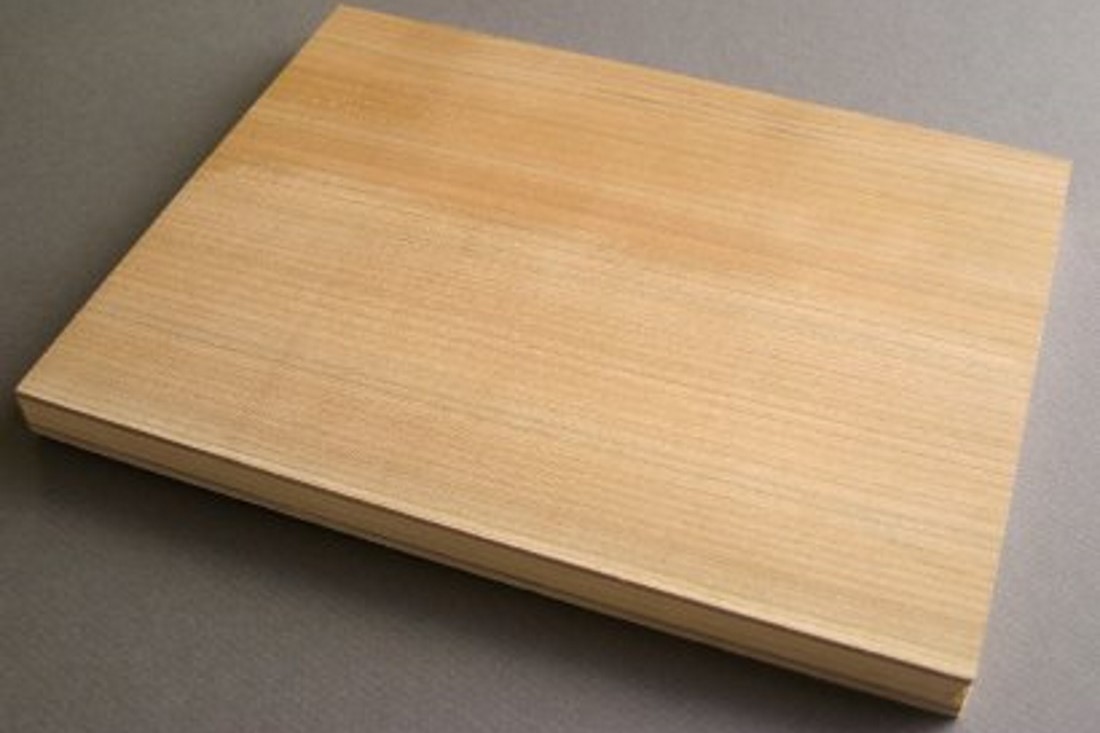
Pros:
- High-quality carving surface
- Holds super fine detail
- Great structural stability
- It can be used for larger prints
Cons:
- Expensive
- Requires expertise to choose
- It may be difficult to source
If you want something a bit more premium than shina plywood, hardwood ply is the best wood for printmaking that money can buy.
It’s essentially the same as any other plywood option but with an outer layer of fine hardwood. This way, you get the fine detail of hardwood blocks and the stability of plywood.
As for which wood to use, the best option for you will depend on your local market. Cherry is an ever-popular choice but may be expensive. You’ll also want to inspect it first since plywood for carpentry is not always suitable for printmaking.
Hardwood plywood can be difficult to source, as well. Larger lumber yards and hardwood dealers may have it, but again, it may not be suitable for printing.
The only place I’ve found decent cherry plywood for printmaking online is McClain’s Printmaking Supplies (see below). Even then, they’re very rarely in stock.
Your best bet is to call or visit a local hardwood dealer and see what they have available. Special orders may be the only way to get them for many printmakers, which can be prohibitively expensive. In that case, stick to shina or Baltic birch.
Best traditional option: Hardwood blocks
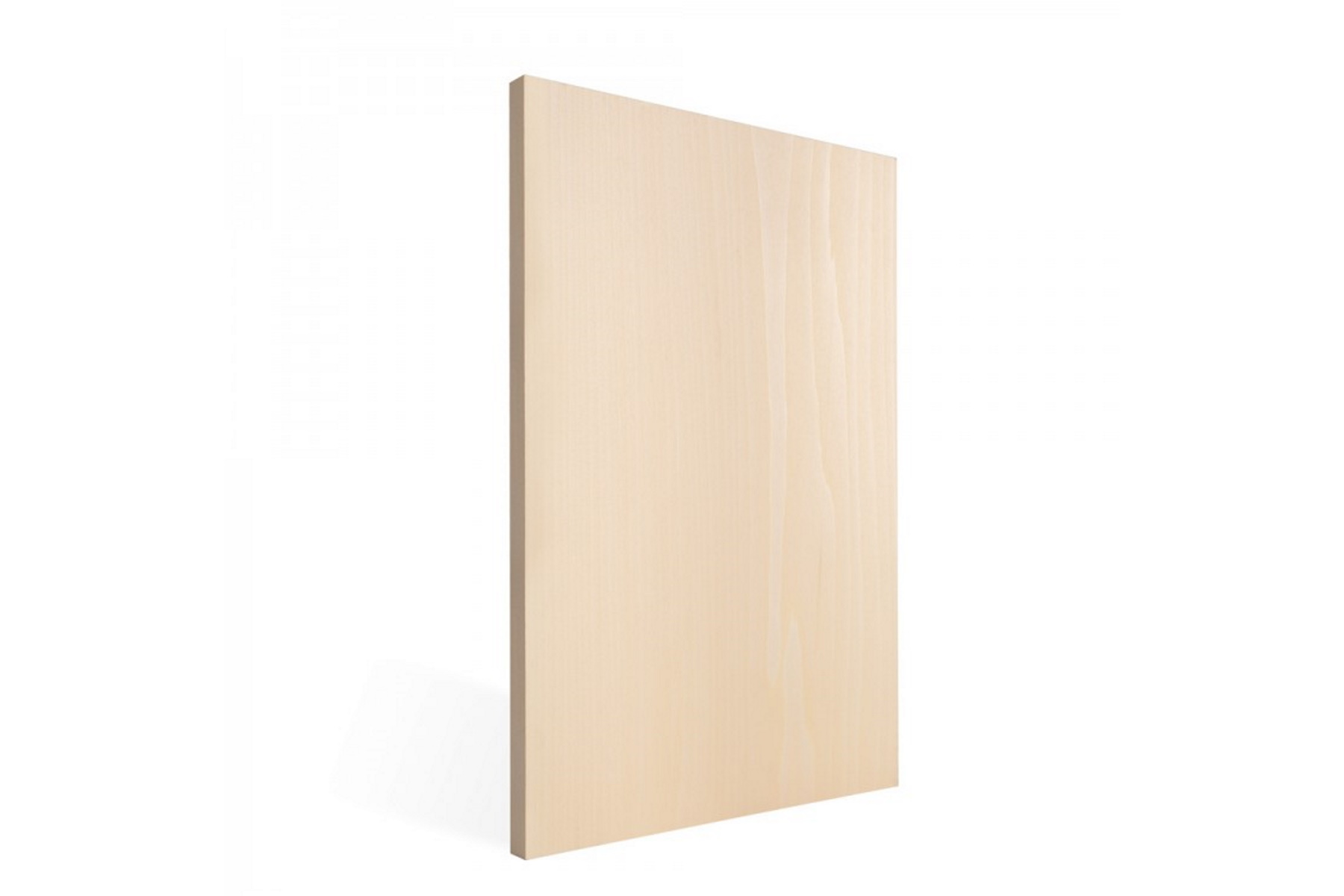
Pros:
- High-quality carving surface
- Holds super fine detail
- Easy to source
Cons:
- Can be expensive
- Requires expertise to choose
- May require planing
- Not ideal for larger prints
If you can’t find hardwood plywood near you, I’m sure you can at least find hardwood planks. These can be some of the best woods for printmaking, although they tend to run expensive and require more upkeep.
Hardwood isn’t often sold planed and sanded, and if it is, you’ll pay a premium for it. Unplaned wood is cheaper but requires a small woodworking workshop to prepare before use.
Many types of wood are viable, although traditional choices include cherry, pear, apple, maple, beech, walnut, and other fruit woods. Again, availability and options will depend on where you live.
No matter which type of wood you buy for your woodcut prints, you should let it rest in your workspace for at least a week before you use it. Solid wood takes time to acclimate to new surroundings. It may cup or bow, requiring re-flattening. The last thing you want is to have a finished carving that isn’t flat!
Call your local hardwood dealer to see what’s available. If you don’t want the fuss, Jackson’s sells printmaking-quality katsura (a cherry alternative) and Japanese magnolia (a softer hardwood) — and offers a 10% discount on your first purchase!
Best beginner-friendly: Softwood blocks
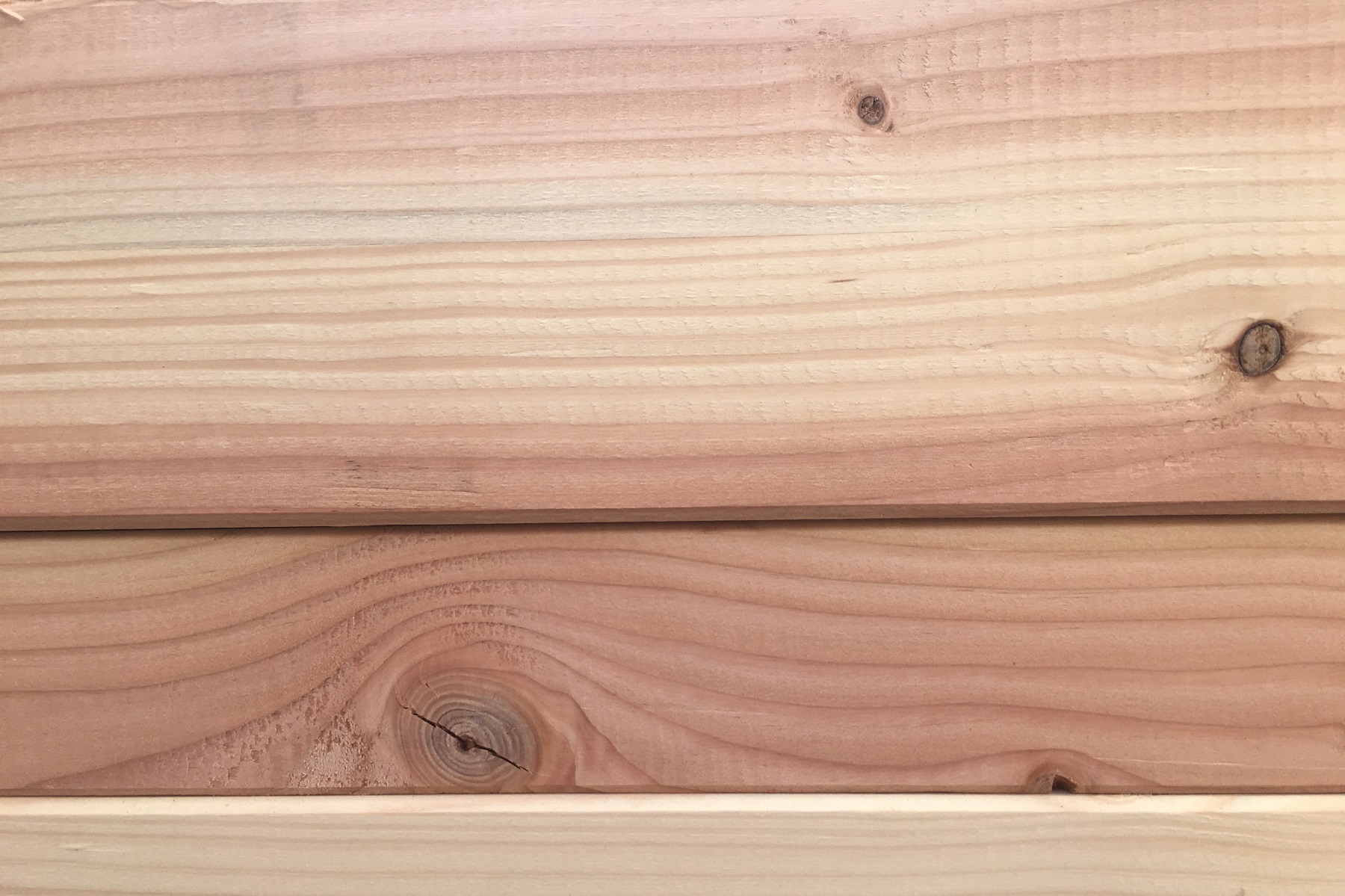
Pros:
- Inexpensive
- Easy to carve for beginners
- Very easy to source
- Leave interesting grain markings
Cons:
- Don’t hold fine detail
- Prone to denting or bruising
- May require planing
If you don’t want to do much searching, softwood blocks are by far the easiest to find. Not only are they sold at just about every box store, but they’re also available in larger sizes and at lower prices.
The trade-off is quality. Softwoods don’t retain the same level of detail as hardwoods and are prone to denting or bruising. They also generally have more pronounced grain patterns, which may translate into your prints.
Depending on what you’re going for, this can be a benefit. Having a bit of natural grain show up in your print can be a feature, not a blemish.
However, you should look for planks without any blemishes or knots. These imperfections are more common in the wood you find in box stores, so you may have to search through the pile (or visit a hardwood dealer for higher-quality timber).
Look for woods like pine, cedar, basswood, cypress, and others for the best results. If you’ve done any DIY recently, you may already have some you can use at your home. Let these serve as a segue to better woodcut printing materials!
How to prepare wood blocks for printmaking
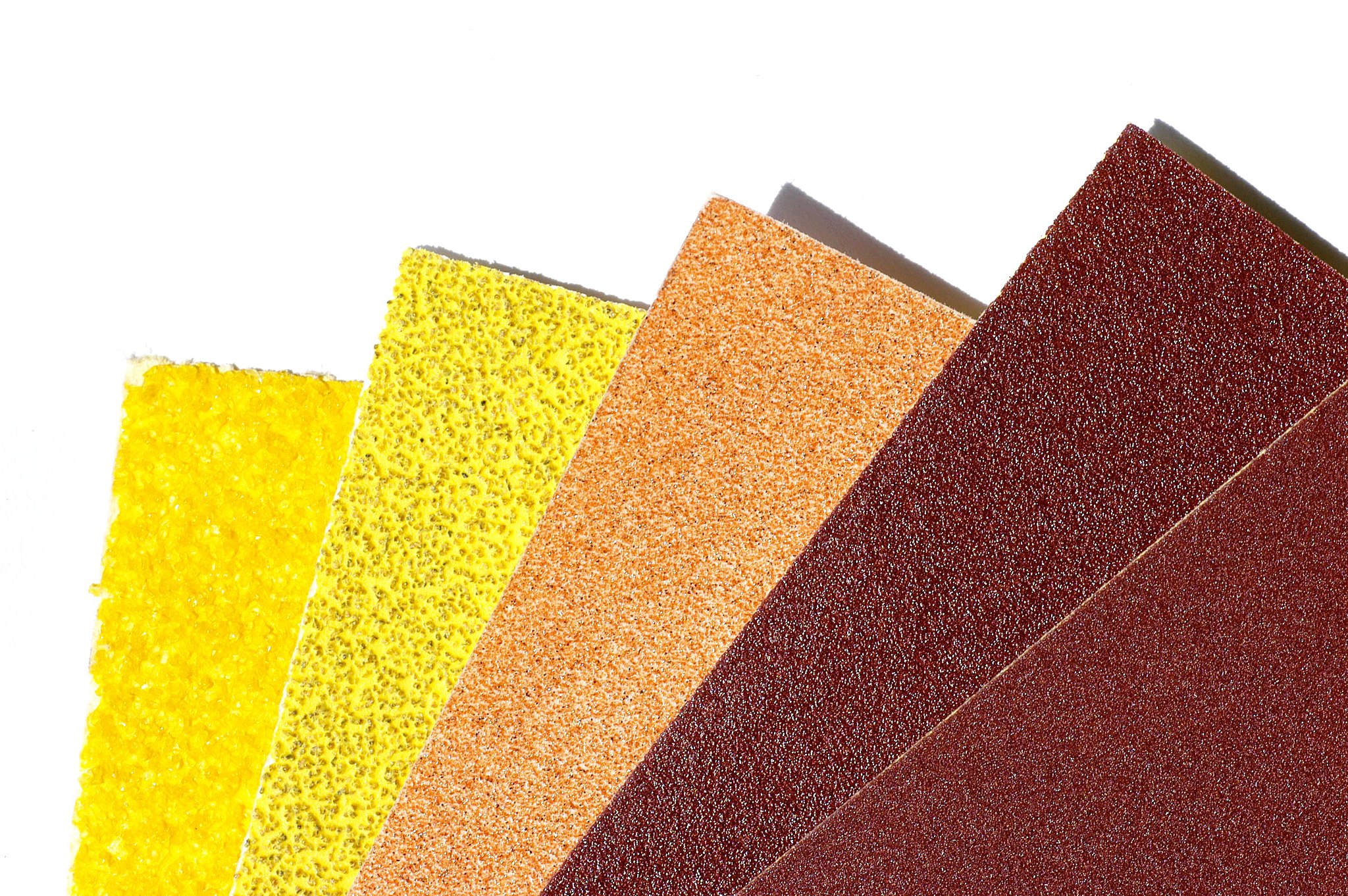
While you can certainly start carving right away if you have a high enough quality block, there are a few steps to take to ensure you get the best-finished print.
This is especially true for solid wood blocks, which are the most susceptible to problems. Plywoods, thanks to the alternating grain patterns and high-quality veneers, generally require less work before carving: ideal if you’re still learning basic woodworking skills.
Either way, you will want to sand the face you plan on carving in the direction of the grain. Avoid holding the sandpaper in your hand, as this can lead to small cups in the material. Use a flat sanding block, starting with medium and then moving on to fine-grain sandpaper.
If you want an even smoother surface, you can also brush the block with a slightly dampened cloth to raise any burrs. You can use either water or mineral spirits. Sand once more, and you should have a perfectly smooth surface to carve on.
Looking for more pronounced grain? You can also run a wire brush over the top. This may make it more difficult to carve, but it will have some interesting results when printing.
Prep doesn’t end there, however. Wood, as a natural material, is porous, meaning it can soak up some of your ink when you go to print.
To prevent this, seal the wood with shellac or acrylic varnish. Do not use oil-based finishes, as these are less resistant and may react poorly to certain inks and solvents, ruining your piece.
Once you’ve applied a thin layer and allowed it to dry, sand it once again. This will remove the finish on the surface but keep the pores sealed. Now you’re ready to transfer your image, grab your wood carving tools, and start carving away!
How to store wood blocks
No matter what kind of woodblock you have, there are a few key things to keep in mind if you want it to last.
First of all, always store them in a dry place away from extreme temperatures. Humidity and extreme heat can warp even fine plywood if left unchecked.
You should also make sure your blocks are stored flat. Wood blocks of all types may bow if left leaning, especially if they are thin or large.
Once carved, you should take extra care to avoid damaging the finished surfaces. This is especially true for softwoods, which damage easily. Consider taping a thin, hard cover to keep them safe over time.
Other FAQ
Is birch plywood as good as shina plywood for printmaking?
In short, no, it isn’t. Shina ply is made for printmaking, with a thin layer of glue and sublayers of shina veneer. Birch ply has thicker glue and cheaper sublayers, which will dull your tools much more quickly.
Can I use pine wood for woodcut printmaking?
Absolutely! Just about any wood can be used for printmaking, but the level of detail will be worse than other options. Pine and other softwoods are a good way to try woodcut, but you will want to upgrade for more professional results.
Who invented woodblock printing?
Woodblock printing has been around for thousands of years and originated in China. It regained popularity in Europe after ukiyo-e prints from Japan arrived in the late 19th century. Learn more about the history of block printing here!
Are wood prints good?
Yes! Although linoleum has largely replaced wood for printmaking purposes, you can still get excellent results using the right materials. Many artists around the world (especially Japanese-style Moku-Hanga printmakers) still use wood for prints.
Can I carve both sides of a wood block?
For double-sided plywood and solid wood blocks, you can carve and print both sides. However, you should take care when applying pressure, as it may damage the reverse side of your block.
That’s it for this guide on the best wood for woodblock printing! What’s your favorite wood for woodblock printing? Let everyone know in the comments below!

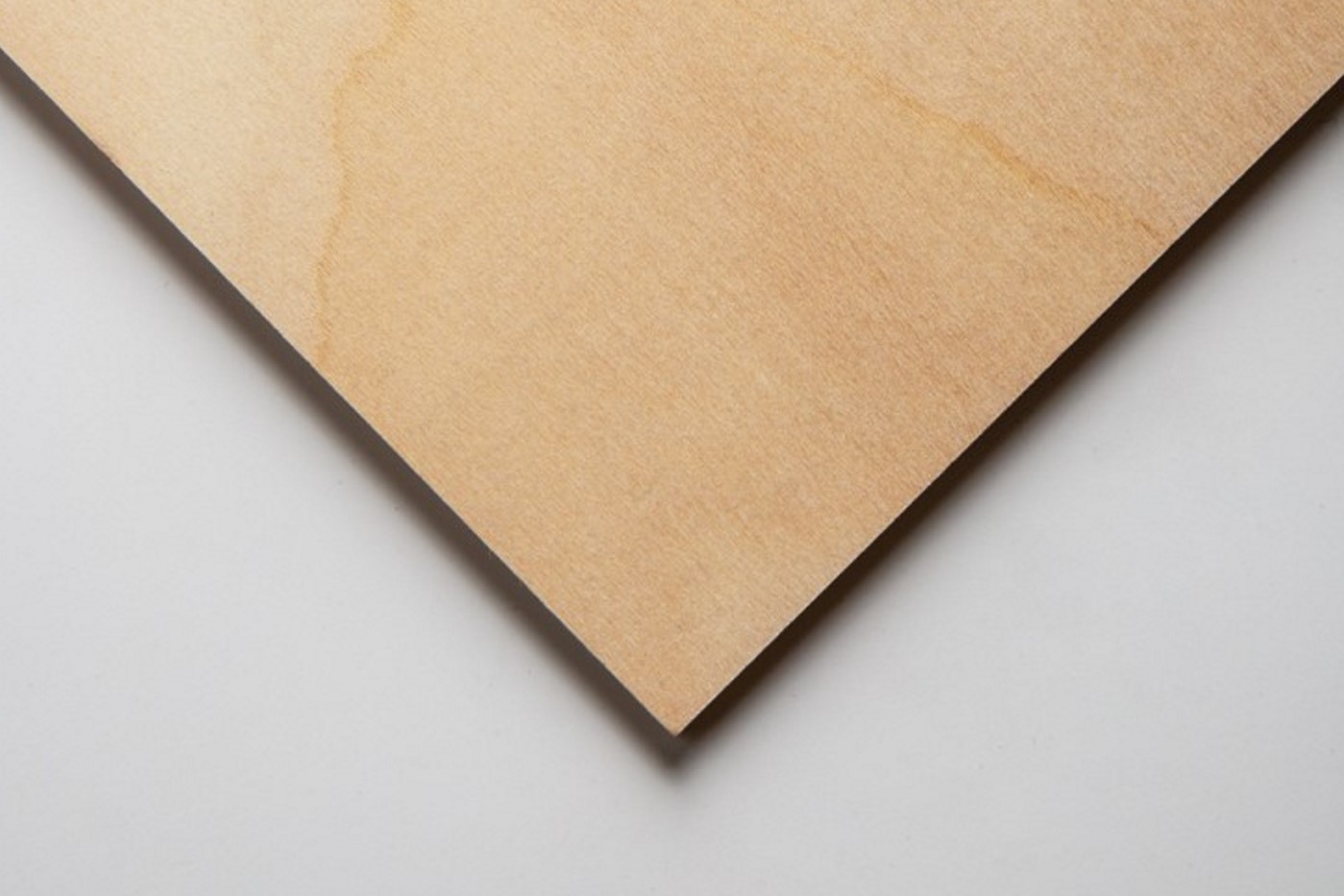
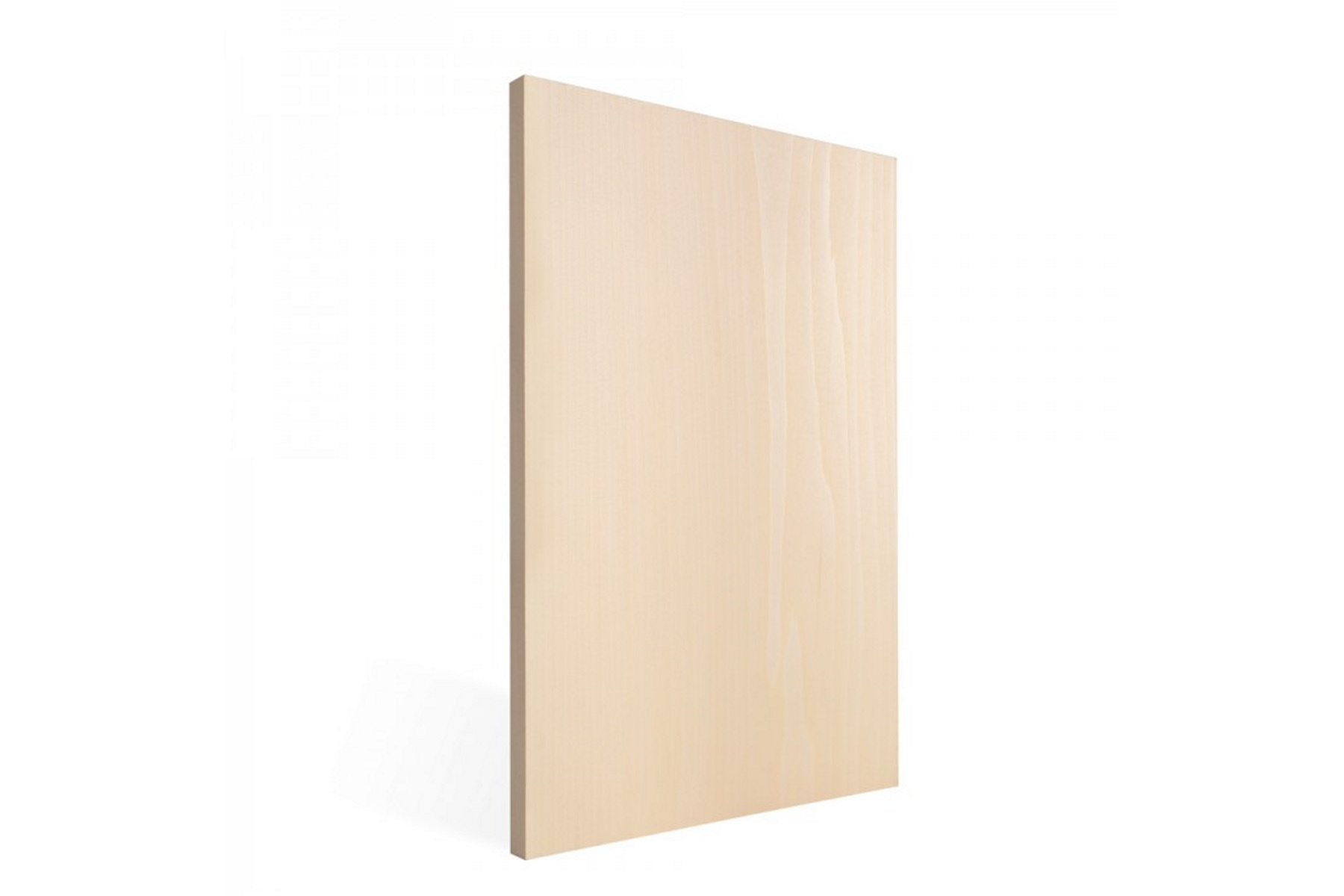
Leave a Reply